One Step Too Far
A new day brought a new challenge and hopes that reflection on the previous day could be masked, at least in part, by the challenge of climbing Mt. Huayna Potosi, which stands just shy of 20,000 ft. As we made way through the winding La Paz streets, gradually gaining altitude, it was not hard to notice who the wage earners in this society were. Bowler wearing matriarchs manage the businesses and much of the trade economy. This model reminded me of Africa, where wives similarly try to manage funds, against a "spend focused" male physical dominance.
Our route would bring us to the very rim of the La Paz basin and the large open air city market.

The higher the elevation, the less sophisticated the retail process, but the bowler clad entrepreneurs continued to ply their trade, in whatever space or venue available.

Near the market, a group of men played futbol. Despite the government trying to make "United States Bashing" the national sport of choice, the people still cling to an abbreviated version of the world's greatest sport. (The sides are only six vs. six, including keepers.)
The dirt surface makes for a fast paced, foot-skill heavy game, resulting in "out of bounds" plays almost every moment. It made me wonder why there weren't any "set plays" off of throw in balls. Maybe there are rules against, but there was a real strategic opportunity for "headers" and one-time "volleys" on goal.
The driver picked up our guide, along with food stuffs, completing the pre-climb rationing, so we continued winding alley by alley to escape from El Alto (La Paz's newest expansion, keeping the theme of seemingly random development) out to the expanse of the leading plain.
On this reasonably clear morning, Mt. Huayna Potosi was easily sighted off to the left. The pyramid shaped snow cap impressed, even from more than 20 miles away.
In mountaineering terms, without acclimatization, we would be attempting the near ridiculous. Our goal was the peak, at roughly 20,000 feet, in less than 24 hours. Had this been the Mt. Aconcagua expedition, our group would take ten days to establish proper acclimatization prior to attempting this height. Instead, we were looking to summit and return in less than a single day. Calculated risks are taken with every climb and this was no exception. In actuality, we would be ascending and descending quickly, garnering the benefit of over a month at altitudes greater than 12,000 ft.
The hike up to base camp was little more than a three hour slog through glacially deposited skree fields. The geological rubble is never really a great joy to trek through, but is the defining hope for more comfortable ice trekking further uphill. For a sense of perspective, this alpine hut rest at an altitude higher than any mountain peak in the lower 48 United States.
Fog or sky cover was a welcome relief from the intense sun. My biggest threat in climbing continues to be overheating in sub-zero temperatures. So the shaded slopes helped to keep the sweat to a minimum, while aiding in better bolder visibility. Lipika and I reached the shelter with relative ease, ate a good sized dinner, and were ready for an early evening crash, in preparation for our mid-night summit bid.
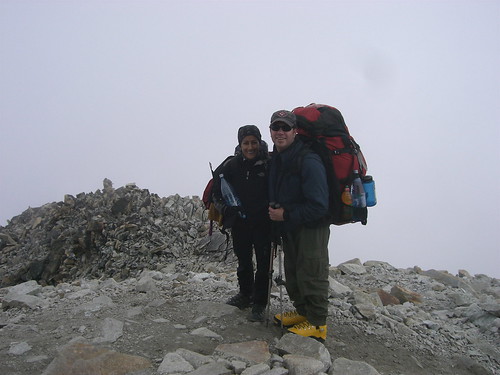
We woke in the pitch dark of a crystal clear night to "gear up", starting the climb on crispy ice and powder drift.
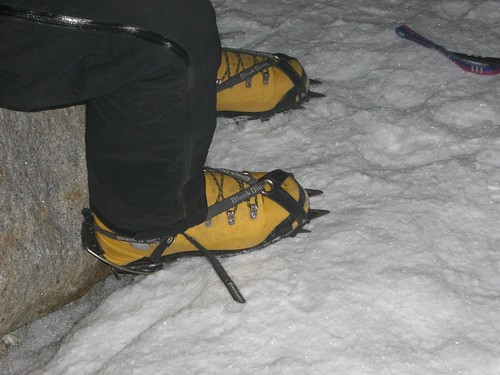
Our guide was surprisingly attentive to details, double checking every piece of equipment, like the tail of my crampon strap (sleepily neglected by yours truly).
Once Lipika was strapped in, harnessed, and roped into our three person line, we were ready to head up hill.


The night could not have been more beautiful and perfect. There wasn't a cloud in the high altitude sky, the moon was full, the ice was firm but not painfully hard and the breeze was slight.
At this altitude, the pace is sloooow. Imagine a dirge procession and divide the pace by two. Lack of oxygen makes the heart race, if the bio-tachometer comes anywhere near red-line, which in this case would be only about the equivalent of 3,000 rpm. If for any reason one feels like breaking out into second gear, the lack of oxygen will definitively establish a bodily stall.
To climb these types of mountains takes physical preparation, mental fortitude, unwavering drive, skill, and many times luck. Tonight we had most of the criteria but not all. Physically we were strong. Emotionally, exhaustion had set in, cramping our drive to the point of doubt. As soon as we began to doubt "Why we were doing this?", the summit bid was effectively over. Our bodies could blindly pace uphill, but that is tempting fate with inattentive reflexes. The truth of the matter was that neither one of us had anticipated the emotional drain of Ken's death a little over 24 hours prior.
So, instead of pushing on into the night for a now unfulfilling ascent Lipika and I gave a "group hug" in admitted submission and turned downhill. The sun brought new brilliance to our backtracking. Looking uphill there was accomplishment to enjoy, even without fruition. (Our path went just to the left of the snow capped false summit.)
The final return slope was just beginning to soften in the penetrating heat of the early morning. The high altitude meteorological system helps to preserve the footing of the glaciers by producing covering fog by mid-morning, but just like most glaciers on the planet, this one is receding as well.
After a nap and breakfast, with boots pointed downhill, we were ready to shake the snow, mud, and dust off of this experience. It is hard to make the right decision and it is ultimately rewarding, but defeat is always a little bitter. El Alto stretched out to once again to meet us, prior to the ultimate La Paz basin rim.
As the fastest growing city in Bolivia, just the portion of La Paz stretching into the high plain would populate the average mid-size city in the United States. Part of what makes this city so expansive is that there is relatively no high-rise building. By and large the population lives in five story or lower structures, which is a good thing, given the frequency of earthquakes and the sub-standard construction.
Decades old bus designs served as a surprising welcome post. With all its beauty and struggle, La Paz is a fascinating city and one I hope to see repeatedly.
As nomads, we were heading home, as any place that feels comfortable becomes, especially if more than one night is spent in the same hotel.
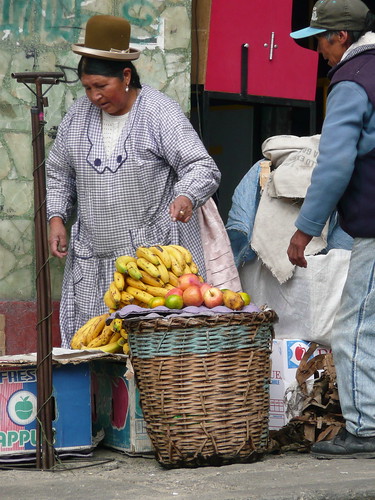
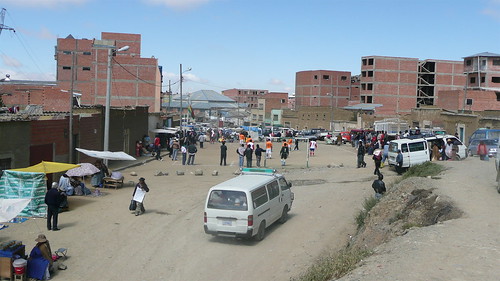
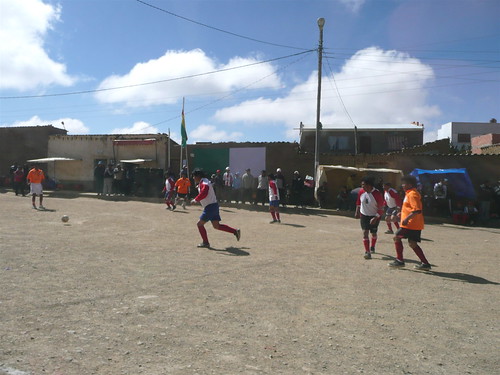


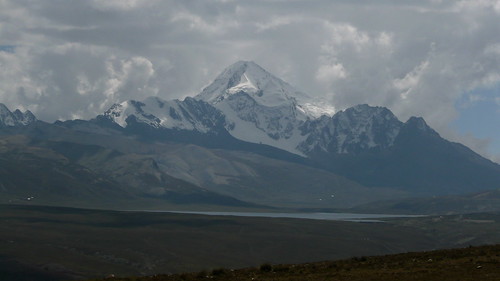
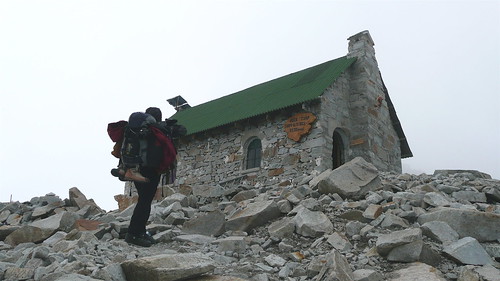
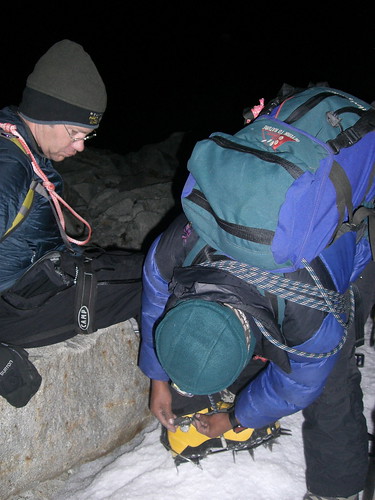
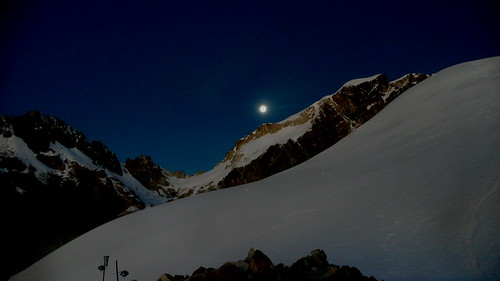

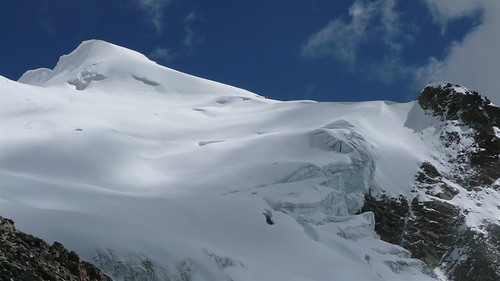
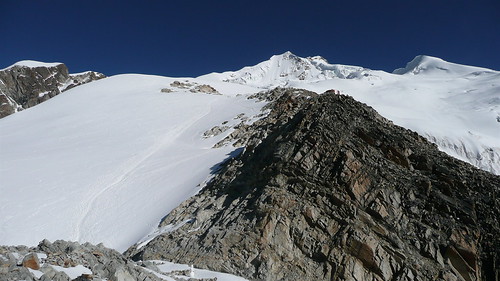
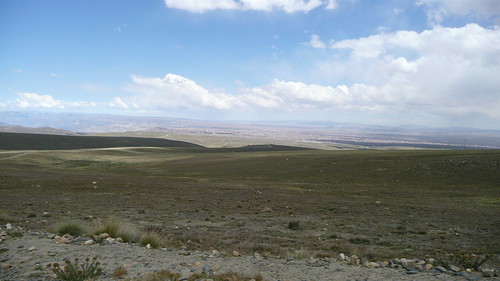
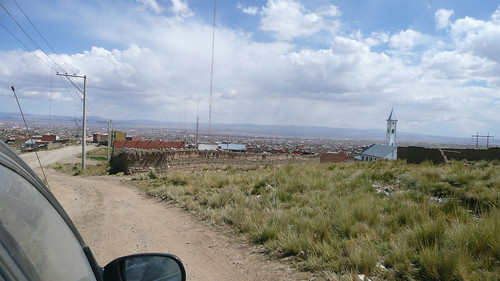

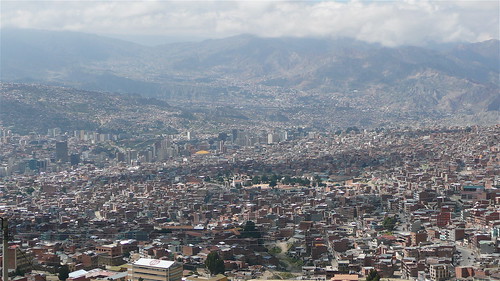
No comments:
Post a Comment